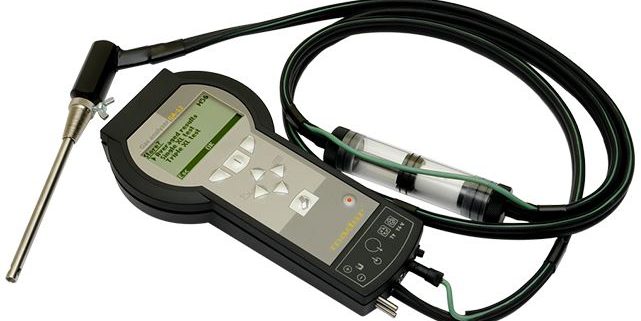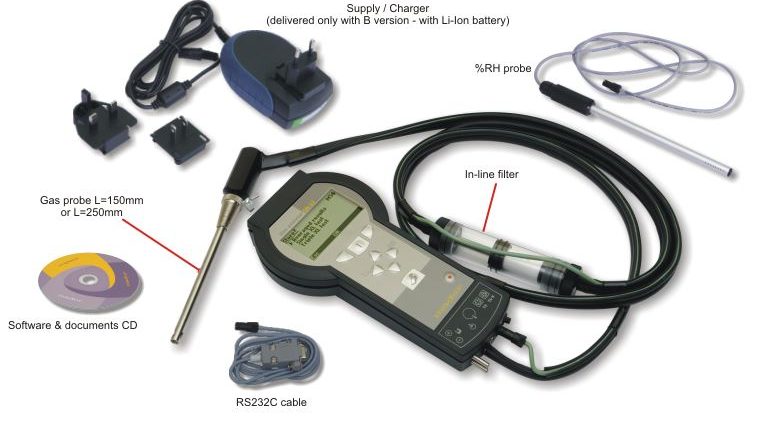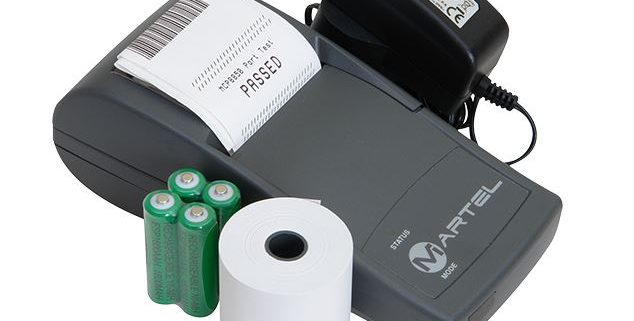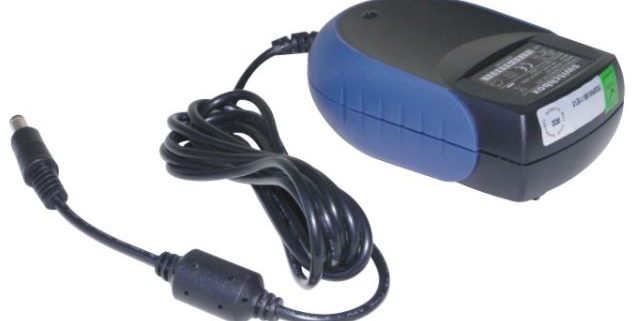“Landfilling” is the main method for disposal of municipal and household solid wastes or refuses in Australia. Although maintained in an oxygen-free environment and relatively dry conditions, landfill waste produces significant amounts of landfill gas (mostly methane). The Mamos enables process and air pollution emissions monitoring from solid waste landfills. Landfills operations require the control of methane CH4 and non-methane organic compound emissions (NMHC) emitted as well as an accurate online monitoring of the gas composition (CH4, CO, CO2, H2, H2S and O2). This effectively requires the collection and combustion of landfill gases. So, a good solution to the landfill gas problem is to collect it and use it to produce electricity. Landfill gas (LFG) entering the gas sampling system is saturated with water, and that water must be removed prior to further processing. The typical dry composition of the low-Btu gas is 57% CH4, 42% carbon dioxide, 0.5% nitrogen, 0.2% hydrogen, 0 to 1000 ppm of H2S and 0.2%oxygen. In addition, a significant number of other compounds are found in trace quantities. These include alkanes, aromatics, chlorocarbons, oxygenated compounds, other hydrocarbons and sulfur dioxide.






